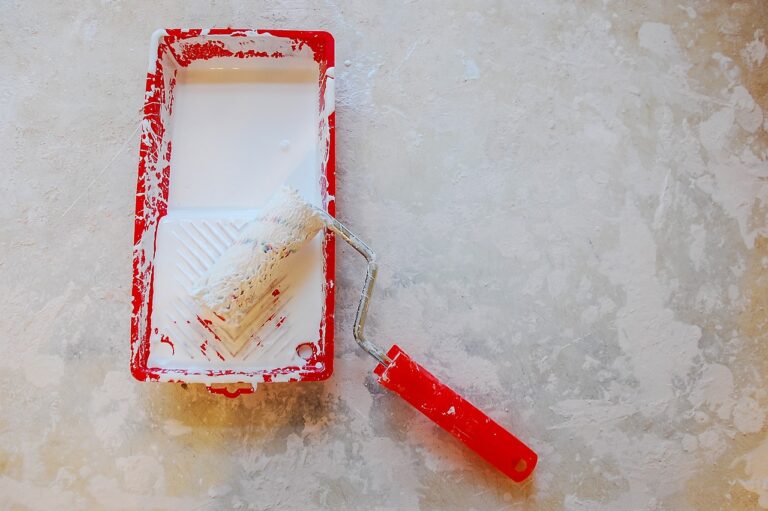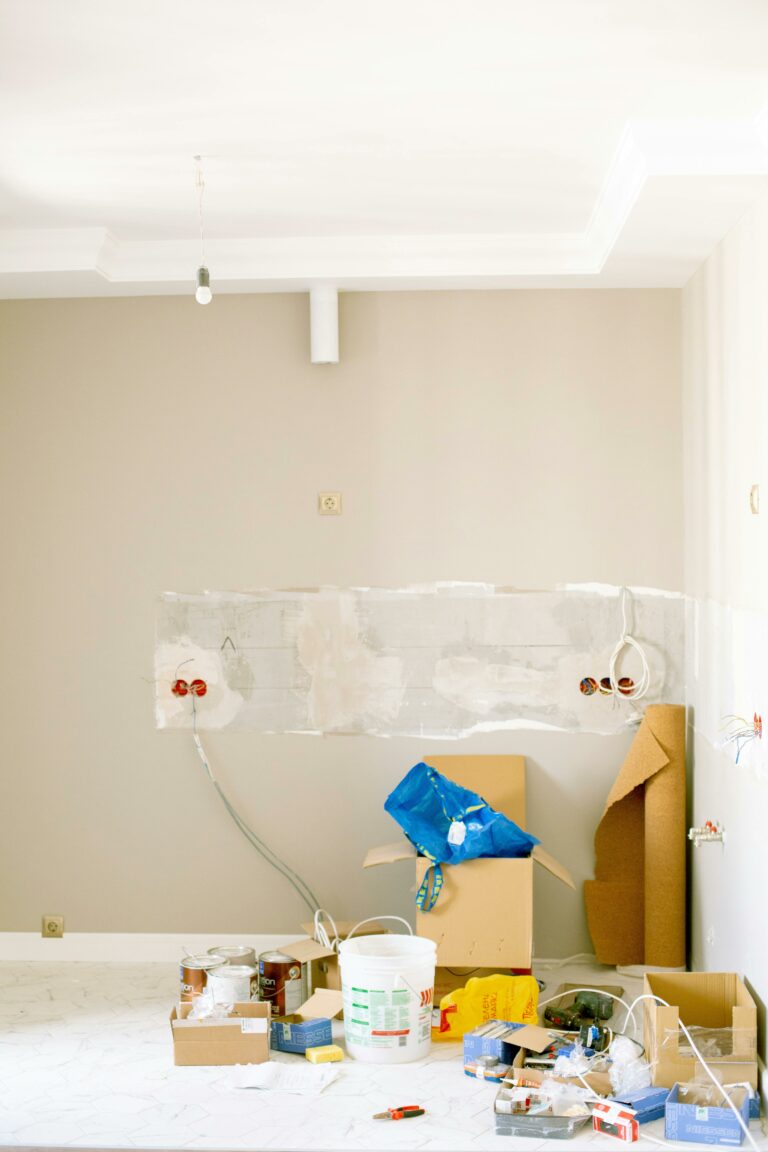Insulation and Home Design: Integrating Efficiency with Aesthetics
99 exch, laser 247 com, yolo 247 login:Insulation and Home Design: Integrating Efficiency with Aesthetics
When it comes to designing and building a home, there are many factors to consider. From layout and materials to colors and finishes, every decision plays a role in creating a space that is both functional and visually appealing. One often overlooked aspect of home design is insulation. Insulation is not only essential for maintaining a comfortable indoor temperature but also plays a significant role in energy efficiency and sustainability.
In this article, we will explore the importance of insulation in home design and how to integrate efficiency with aesthetics seamlessly. We will discuss different types of insulation, their benefits, and how they can be incorporated into the overall design of a home. Whether you are building a new home or planning a renovation, understanding the role of insulation in home design is crucial for creating a space that is both beautiful and energy-efficient.
Understanding the Importance of Insulation
Insulation is a critical component of any home, as it helps regulate the indoor temperature and reduce energy consumption. Proper insulation can help maintain a comfortable temperature throughout the year, keeping the heat in during the winter and out during the summer. This not only enhances the comfort of the occupants but also reduces the need for heating and cooling, leading to lower energy bills.
In addition to temperature regulation, insulation also plays a role in soundproofing and moisture control. Insulation can help absorb sound and reduce noise transfer between rooms, creating a quieter and more peaceful living environment. It can also help prevent moisture buildup, which can lead to mold and mildew growth, as well as structural damage.
Types of Insulation
There are several types of insulation available on the market, each with its own set of benefits and considerations. The most common types of insulation include:
1. Fiberglass insulation: Fiberglass insulation is made from tiny glass fibers and is one of the most popular types of insulation. It is relatively affordable and easy to install, making it a popular choice for many homeowners.
2. Cellulose insulation: Cellulose insulation is made from recycled paper materials and is a more environmentally friendly option compared to fiberglass. It is effective at reducing sound transfer and is also resistant to mold and pests.
3. Spray foam insulation: Spray foam insulation is a versatile option that can fill gaps and crevices to create a seamless barrier against air leakage. It provides excellent thermal performance and can help reduce energy costs.
4. Rigid foam insulation: Rigid foam insulation is a durable and moisture-resistant option that is often used in areas that are prone to moisture buildup, such as basements and crawl spaces. It provides high levels of insulation and can help improve energy efficiency.
5. Reflective insulation: Reflective insulation consists of reflective materials that help redirect heat away from the home. It is especially effective in hot climates and can help reduce cooling costs.
Integrating Insulation with Home Design
When it comes to integrating insulation with home design, the key is to strike a balance between efficiency and aesthetics. Insulation does not have to be hidden or disguised but can be incorporated into the overall design of the home in a way that enhances its visual appeal. Here are some tips for integrating insulation with home design:
1. Consider the architecture: When designing a home, consider the architectural style and layout to determine the best insulation options. For example, a modern home with open spaces may benefit from spray foam insulation, while a traditional home with intricate detailing may require a more discreet insulation solution.
2. Choose insulation materials wisely: Select insulation materials that complement the design and aesthetic of the home. For example, natural materials such as wool or cotton insulation can add a cozy and organic element to the space, while reflective insulation can create a sleek and modern look.
3. Use insulation as a design element: Instead of hiding insulation behind walls and ceilings, consider using it as a design element. Exposed beams, suspended ceilings, and decorative panels can showcase insulation materials in a creative and visually appealing way.
4. Coordinate with finishes: Coordinate insulation materials with finishes such as paint, flooring, and furnishings to create a cohesive design scheme. For example, a neutral color palette can create a seamless transition between insulation and interior finishes, enhancing the overall aesthetic of the home.
5. Incorporate natural light: Natural light can enhance the visual appeal of a space and reduce the need for artificial lighting, contributing to energy efficiency. Consider incorporating skylights, large windows, and glass doors to maximize natural light while maintaining insulation efficiency.
6. Prioritize energy-efficient design: In addition to insulation, energy-efficient design elements such as high-performance windows, LED lighting, and smart thermostats can further improve the energy efficiency of a home. Consider integrating these features into the overall design to create a sustainable and cost-effective living environment.
FAQs
Q: How can I determine the right type of insulation for my home?
A: The best way to determine the right type of insulation for your home is to consult with a professional insulation contractor. They can assess your home’s specific needs, climate conditions, and budget to recommend the most suitable insulation solution.
Q: Is it possible to retrofit insulation in an existing home?
A: Yes, it is possible to retrofit insulation in an existing home. While the process may be more challenging than installing insulation in a new build, a professional contractor can help identify areas that need insulation and recommend retrofitting options.
Q: Will adding insulation to my home increase its resale value?
A: Adding insulation to your home can increase its resale value by improving energy efficiency, comfort, and sustainability. Potential buyers are often willing to pay more for a well-insulated home that offers long-term cost savings on energy bills.
In conclusion, insulation is a crucial element in home design that can significantly impact energy efficiency, comfort, and sustainability. By integrating insulation with aesthetics, homeowners can create a space that is not only beautiful but also environmentally friendly and cost-effective. By understanding the different types of insulation, considering architectural style, and coordinating with interior finishes, homeowners can achieve a harmonious balance between efficiency and aesthetics in their homes.







